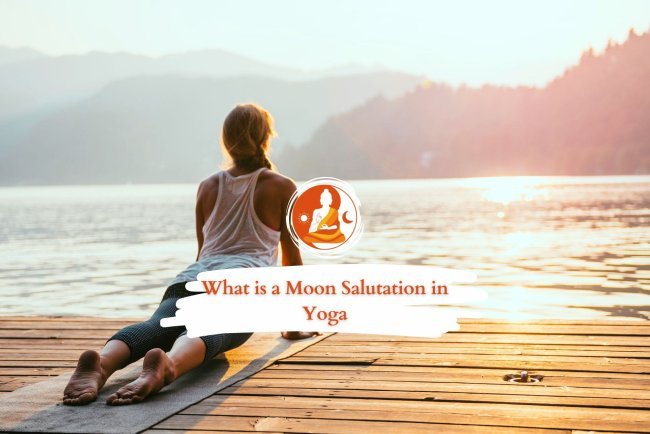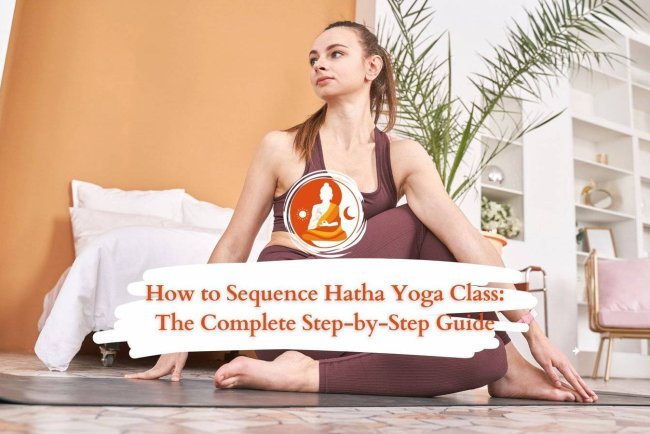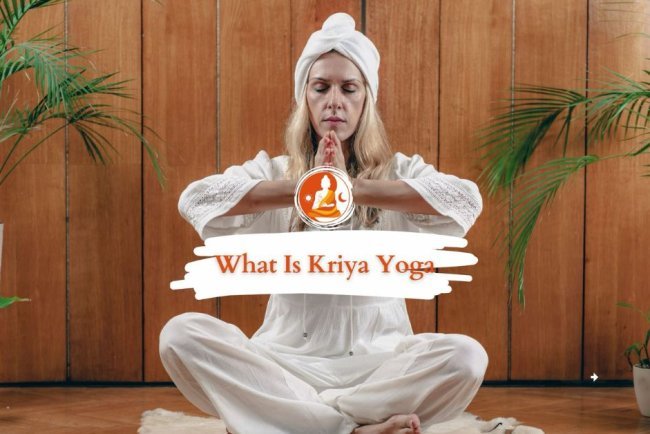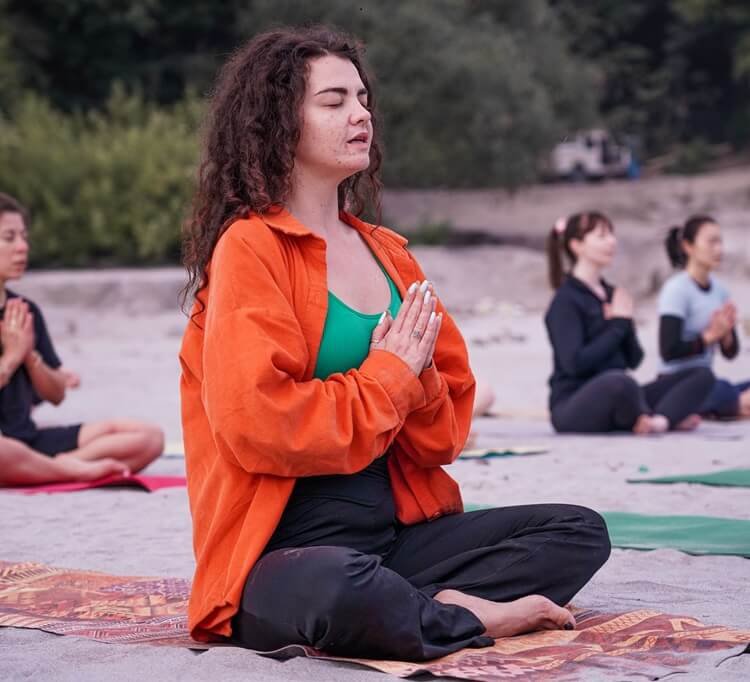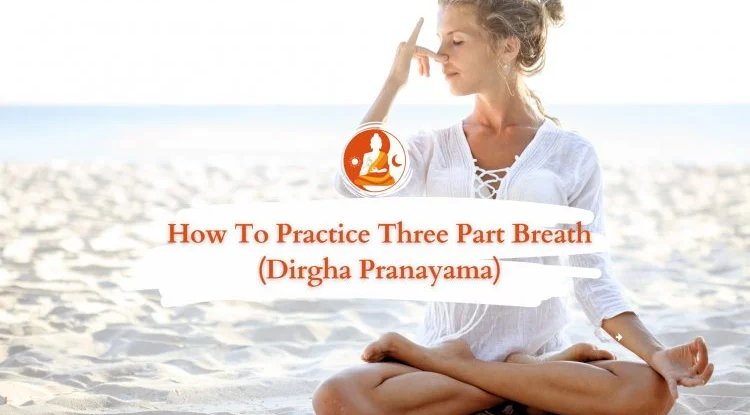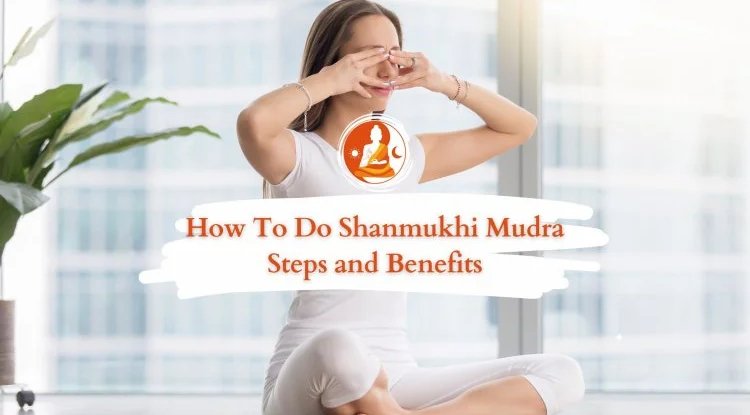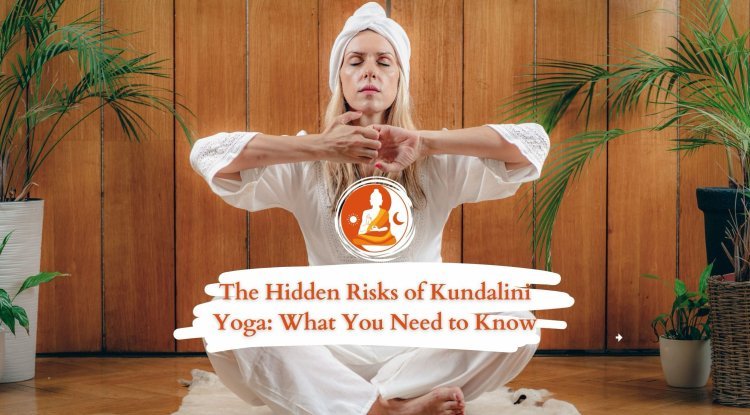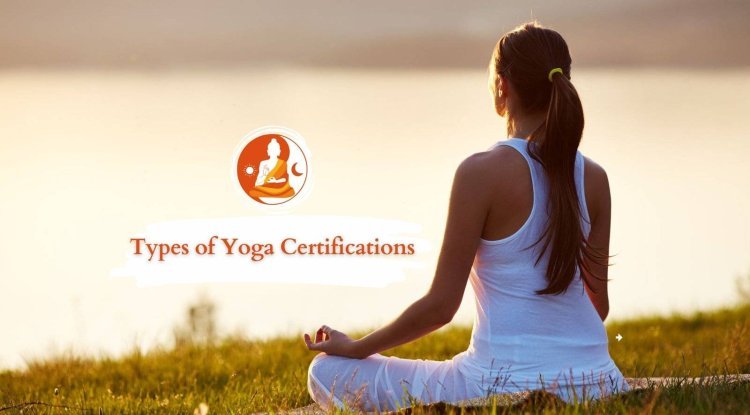How to Sequence a Yin Yoga Class?

Yoga, a practice of inner peace and physical fitness through asanas and pranayamas has been in existence for ages with India being its origin. Deep relaxation, peace of mind, and body wellness are just a few of the many purposes of yoga. For every purpose, there's a distinct type of yoga that is practiced today in popularity. One such type is the Yin Yoga.
A slow-paced, meditative practice designed to release tension and enhance flexibility by targeting the deeper connective tissues of the body is what Yin Yoga is identified as. Unlike its counterpart Yang Yoga style, which involves focusing on muscle engagement and heat generation, Yin Yoga involves holding poses for extended periods, usually between three to ten minutes. Thus there is a profound stretch of the fascia, tendons, ligaments, and other connective tissues.
Like all the other types of yoga, there's a particular sequence to be followed while practicing yin yoga. An in-depth guide on how to sequence a Yin Yoga class is what you will learn here. You will get insights about including the essential elements and poses for a deeply rejuvenating experience.
Creating the Perfect Atmosphere for Yin Yoga Class
Before getting into the poses the first step is to prepare for a Yin Yoga class by creating a serene and comfortable environment. Such preparation significantly improves the practice. So consider the ideas given below making the experience more enjoyable and more effective.
- Lighting: Use soft and warm lighting. Candles can create such calming ambiance with light adjustments.
- Music: Play relaxing and meditative music. Try an autumn yoga playlist for a cozy atmosphere recommended by Jen Austin.
- Comfort: Keep the room warm and equipped with fluffy blankets. Emphasize students to wear comfortable clothing and fluffy socks.
- Distraction-Free: Most importantly Turn off phones or set them to airplane mode to avoid any interruptions.
Starting the Practice
After the preparation and set up start your class with a Gentle Warm-Up by following the pose mentioned below.
Constructive Rest Pose (3 minutes)
This gentle, foundation pose helps students transition from the busyness of their day to the peace of their practice.
Instructions:
- Lie on your back with your knees bent and feet mat-width apart.
- Let your knees rest against each other and turn your palms upward.
Focus:
Take deep breaths and turn your attention inward. Notice how your body feels and any tension you might be holding.
Main Yin Yoga Sequence
Now comes the main Yin Yoga sequence which primarily includes Deep Stretches. Follow the poses given below in the mentioned sequence during your class to serve the inner peace purpose of Yin yoga.
Banana Pose (3 minutes on Each Side)
To stretch your entire body This pose is done by focusing on the intercostal muscles and the lateral fascia.
Instructions:
- Straighten your legs along the floor.
- Shift your legs to the left and then your upper body to the left, forming a crescent shape.
- Hold opposite elbows above your head.
- To intensify the stretch, cross your right ankle over your left.
Reset: Return to Constructive Rest Pose before switching sides After holding for 3 minutes at one side.
Knees to Chest Pose (5 deep breaths)
This one is A gentle stretch for the lower back and a way to release any tension built up during the day.
Instructions:
- Hug your knees to your chest, keeping your head and shoulders relaxed on the floor.
- Additionally, You can gently rock side to side. Note to not get back to any other pose until further instructions
Half Butterfly (3 minutes on each side)
This pose targets the hamstrings, lower back, and the inner thighs.
Instructions:
- Start by ending the Knees to Chest Pose by rolling to one side and sitting up.
- Extend your right leg and bend your left knee, bringing the sole of your left foot to your right inner thigh.
- Fold forward over your right leg, relaxing your shoulders and back.
Reset: Switch sides After 3 minutes.
Sleeping Swan (3 minutes on each side)
Sleeping Swan is A deep hip opener that also stretches the lower back and glutes.
Instructions:
- End the Table Top Pose by bringing your right knee to your right wrist, and extending your left leg behind you.
- Fold forward, resting on your forearms or forehead.
Reset: Repeat the same instructions on the other side After 3 minutes.
Legs Up the Wall (6 minutes)
An excellent pose for relaxation and to relieve tired legs and feet.
Instructions:
- Sit sideways against a wall and swing your legs up the wall as you lie back.
- Rest your arms overhead or by your sides.
Closing the Practice
After all the major poses end the class with Deep Relaxation, follow the poses below, and get done with the practice.
Savasana (3 minutes or longer)
This is the final relaxation pose to include the benefits of the practice in your body.
Instructions:
- Lie on your back with your feet as wide as the mat and your arms alongside you, palms facing up.
- Stay here as long as you like, allowing your body to completely relax.
Understanding Yin Yoga
A series of asanas held for an extended period is what Yin Yoga sequences involve. The yin tissues including the tendons, fascia, and ligaments, which are less elastic and need more time to stretch are stretched here. Hence, the Regular practice of Yin Yoga can increase overall flexibility, circulation, and range of motion in the joints and fascia.
Benefits of Yin Yoga
The benefits of yin yoga like any other yoga form have both physical and mental benefits which are listed separately below.
Physical Benefits:
- Fascia: Stretches with Long holds stimulate the layers of fascia, making them flexible and increasing nutrient flow.
- Ligaments: Gentle stretching maintains the range of motion in ligaments, helping to keep the joints young and healthy.
- Tendons: Yin poses lengthened tendons, preventing the decrease in range of motion that is common in athletes.
- Joints: Gentle pressure revives joints, increasing fluid and improving function.
- Viscera: Long holds stimulate internal organs, improving their functioning.
- Myofascial: Improved quality of connective tissue improves muscle flexibility.
Mental Benefits:
- Stress Release: Emotional release and balance are achieved by Releasing stress stored in deeper tissues.
- Emotional Balance: Hormonal balance and emotional stability are improved by Stimulating endocrine glands.
- Clarity: Regular practice of stillness brings mental clarity and focus.
Tips for Sequencing a Yin Yoga Class
- Decide on the focus of the class, such as a specific body part or a particular benefit like stress relief.
- Include an equal number of forward bends and backbends to keep the body poses balanced.
- Start with gentle poses and gradually move to deeper stretches.
- Arrange poses in a manner to reduce frequent changes in body position.
- Always hold poses for equal time on both sides.
- Use of props like bolsters and cushions for extra support.
- Don't forget to Include rest periods between poses, especially after intense stretches.
Concluding thoughts
In conclusion, Yin Yoga is a powerful practice to balance the muscle-focused Yang styles of yoga. Yin yoga is known for promoting flexibility, reducing stress, and enhancing overall well-being By targeting the deeper connective tissues.
A balanced flow of poses that gently stretch and stress the body’s yin tissues is what Sequencing a Yin Yoga class involves. With its effective physical and mental benefits, Yin Yoga is a valuable addition to any yoga practice, providing a space for deep relaxation and inner peace.
Questions & Answered!
A. Slow-paced, meditative practice focusing on deep relaxation and flexibility is Yin Yoga. The purpose is achieved by targeting the body's deeper connective tissues like fascia, tendons, and ligaments and stretching for holding periods.
A. Yang Yoga involves dynamic movements and muscle engagement. On the other hand, Yin Yoga involves holding poses for extended periods, typically between three to ten minutes, to deeply stretch and relax connective tissues.
A. Consider the environment to be serene and comfortable. You can achieve this with soft lighting, relaxing music, warm temperatures, and a distraction-free setting.
A. Begin the class with a warm-up with the Constructive Rest Pose. It helps students transition from their daily activities to the peace of their practice by lying on their backs with their knees bent and feet mat-width apart.
A. The Banana Pose is an effective pose that stretches the entire side body by forming a crescent shape just like a banana, held for three minutes on each side.
A. End the class with a deep relaxation pose like Savasana. This will allow the body to fully relax and nourish the body with the benefits of the practice.
A. Physical benefits include improved flexibility, better circulation, increased range of motion in joints, and stimulation of internal organs, leading to overall better function of the body.
A. Mental benefits include stress release, emotional balance, and improved mental clarity and focus due to the meditative and still nature of the practice.
A. In your yin yoga class while sequencing always keep in mind to include an equal number of forward bends and backbends. This ensures the body is evenly stretched and balanced during the practice.
A. Decide on a class focus, start with gentle poses, use props for support, allow rest periods between poses, and hold poses for equal time on both sides to create a balanced and effective sequence.
What's Your Reaction?







